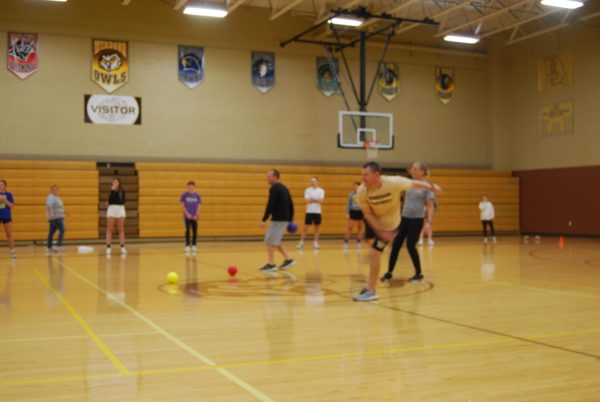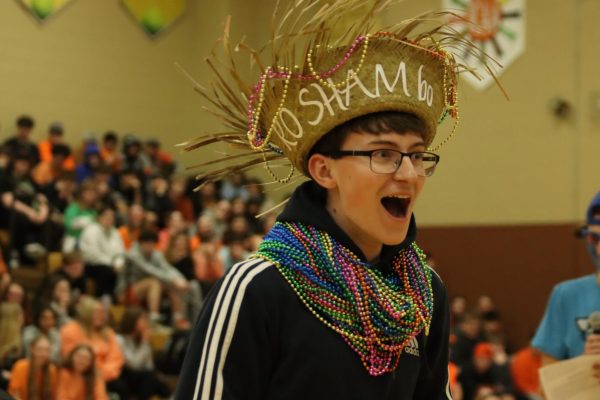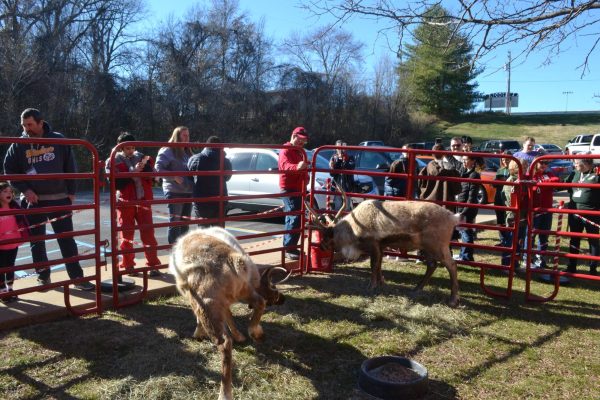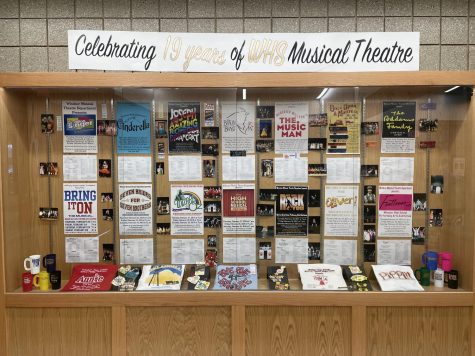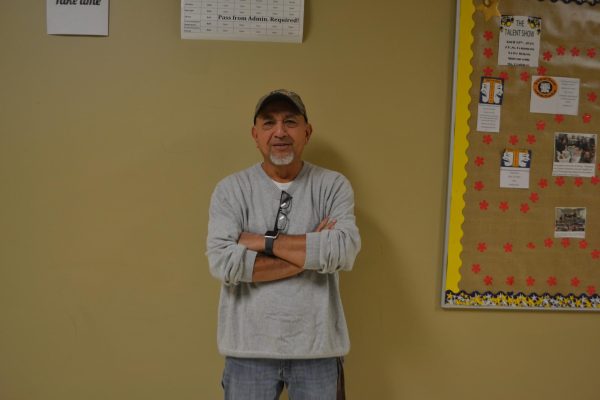Daylight Darkness
Windsor students enjoy the day off to view the solar eclipse.
August 23, 2017
After all of the hype, it is finally over.
For many, it was well worth the wait.
On Tuesday, August 21, 2017, it marked the first total solar eclipse the United States has seen since 1979. This was an even bigger deal because the path of totality cut straight through the Windsor School District. Large interstate highways, notably I-55 north, had an unprecedented influx of traffic after the eclipse.
Several students had their own individual plans for the eclipse. Some families viewed the eclipse from their homes, others met with friends at various locations—notably Kimmswick. Windsor’s own Astronomy Club, led by Senior Harrison Stoudt, gathered at the high school football field. During the few minutes of totality, many businesses let their employees out to view the sun’s dimmed corona.
“I just bundled up and slept in. There’s no school, and it’s going to be dark anyway, so why not,” said senior Joshua Jones. “I also bought gas a day in advance, you never know how bad the traffic can get.”
On future viewings of eclipses, be sure to use proper eyewear. Only use authorized eclipse glasses. NASA has a list of authorized vendors for eclipse glasses. Also, the only opportunity to view an eclipse without eye protection is during totality, a window that only opens for a few minutes.
“It’s really a once in a lifetime event—until 2024 at least. You can’t truly appreciate a total solar eclipse until you see it in person,” junior Brandon Ruegge said.
What made this year’s eclipse so unique was that it was viewable (at least partially) by the entire United States. That includes Hawaii and Alaska. Second, the line of totality only goes through the United States. The next two solar eclipses over the continental United States—2024 and 2045—won’t be exclusive to the United States.
If you happened to have missed out on this years eclipse, don’t fret—save those eclipse glasses for a bit. The next total solar eclipse in the United States will occur on April 8, 2024. The nearest town in the path of totality is Farmington, MO—roughly a 50 minute drive south from Windsor High School.
Another town in Missouri, Cape Girardeau, is almost directly through the line of totality. The total solar eclipse will last 4 minutes and 7 seconds, almost 2 minutes longer than the length of totality at Windsor High School during this year’s eclipse.
Those residing in the Windsor School District not planning on driving at least an hour to a viewing location are out of luck—there will not be another total solar eclipse in their lifetime.


